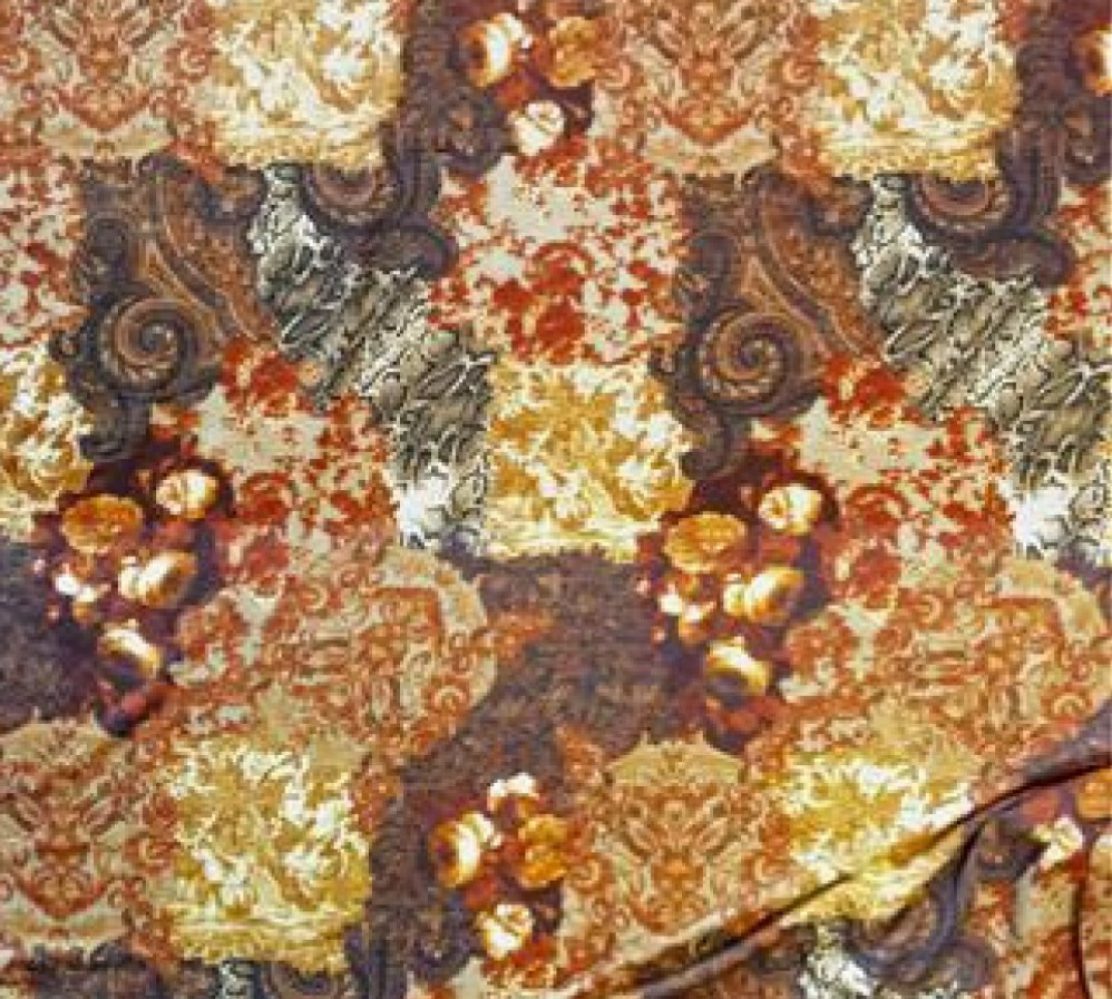I know I know. I said I was going to stop fiddling with the Moulage. But I can’t help it. Especially not with the ladies at Artisan Square egging me on! 😉 So I’ve been experimenting with different ‘sway back’ type adjustments and different grain placements post bending the grainline in places with those ‘sway back’ type adjustments. And I’ll be tweaking the fit to get those vertical ‘balance lines’, well, vertical.
By the way, thanks for all your compliments. If you can get yourself someone patient to help with measurements I highly recommend Mr. King’s Moulage CD book. If you’re hopeless at drafting you can try Fashion Incubator’s saran wrap method instead. I haven’t tried this method but it sounds interesting & relatively quick. The only thing though is you don’t get additional instruction on how to turn the resulting skin-tight pattern into a sloper for further block development.
In the meanwhile, I’ve also been trying to print and have bound more of Mr. King’s Ecole Guerre-Lavigne series CD books. It’s not easy in the UK. There aren’t the ubiquitous & affordable Kinko’s & other chain print & copy shops that you find in NYC. My printer didn’t help by running out of ink.
And just for variety, I’ve also been redoing my croquis after being inspired by the ladies at Artisan Square. And planning a replacement dress form. Big Bertha (my Duct Tape Double) has broke her leg. And she’s a bit lumpen after all these years. So here’s the plan…
What do you think? Overkill? Well, after Big Bertha broke her leg I’ve been paranoid about making the stand as sturdy as possible and keeping the dress form as light as possible. Big Bertha weighs a not so slight 4kg / 8lb. And her leg was a jointed coat rack, not solid piece of wood. So she started tilting over, even worse than the Leaning Tower of Pisa.
None of the cheap sturdy stand options I’ve googled were cheap by any means in the UK. (You Americans have it soooo good!)
As for the dress form, I was inspired by an article I found in my Threads Archive DVD about the Wolf Forms production process. Turns out they’re made from cardboard Papier Mâché using heavy plaster molds and the final thickness of the Papier Mâché is 3/4″- 1″. No wonder they can be hollow rather than stuffed. They’re made about 1/2″ smaller than final measurement, then padded on the outside with cotton batting, then cotton knit, then finally Irish linen. The article isn’t on Threads public website, but there is a page with some photos. There’s also a How It’s Made TV segment about these Wolf forms on YouTube which is quite fascinating. It doesn’t cover all the details mentioned in the Threads article. But it does show how the collapsible shoulder works / is made!


